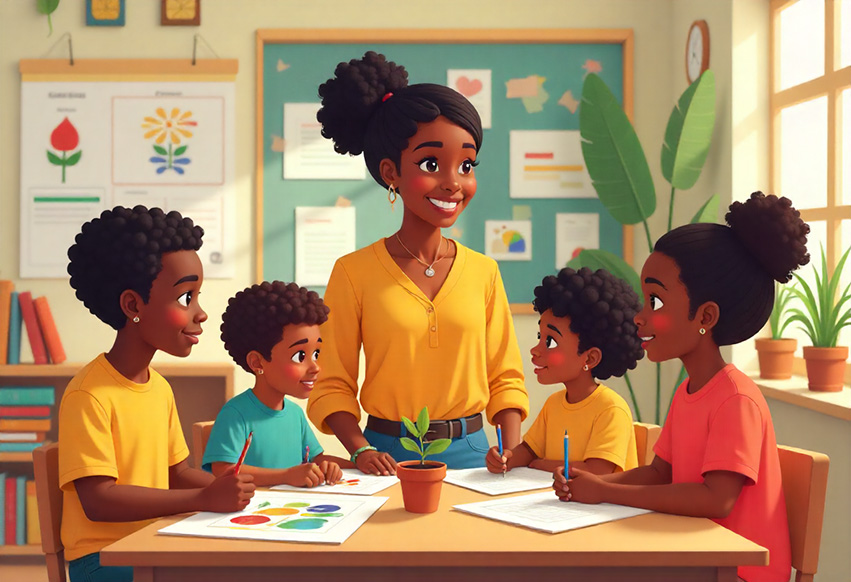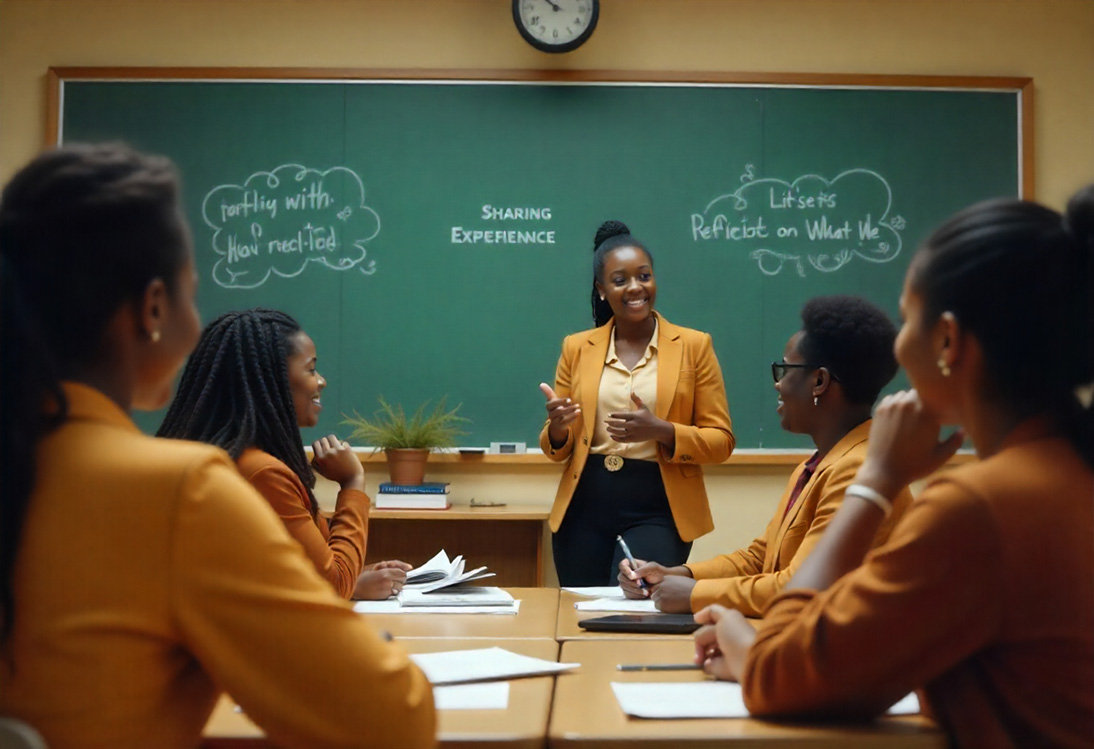Have you ever taught a lesson and felt that some children are flying with you while others are left behind? Every teacher faces this puzzle. The truth is clear, not all learners are the same. Each child is a world of their own, with a special way of seeing, hearing, and understanding.
In every classroom, there are different types of learners. Some are visual learners who see learning through pictures and colors. Others are auditory learners who listen carefully and remember what they hear. Then come the kinesthetic learners, the busy hands of the class, who understand by doing and moving. We also have reading and writing learners who love reading stories and writing notes to make meaning.
Picture this, during a lesson about plants, Anna smiles as she looks at a bright picture of a flower. Ben listens closely to the teacher’s story about how a seed becomes a tree. Yet Peter, the explorer, only understands when he plants his own seed in the soil. Each child takes a different path to reach the same garden of understanding.
As the saying goes, you can’t fit one shoe on every foot. An excellent teacher knows that a single method cannot teach every learner. Teaching is similar to cooking a good meal, mixing different ingredients so that everyone tastes success. Use songs and discussions for the ears, pictures for the eyes, actions for the hands, and reading for the thoughtful minds.
More or less, a teacher is a patient gardener. watering each flower differently. Some learners need sunlight, more attention and encouragement, while others bloom quietly on their own: A simple “Well done” can make a child’s heart grow wings.
In the end, great teaching touches the hearts and opens minds. Every learner can shine when we see their differences as strengths, not struggles. A classroom that welcomes all types of learners becomes a living garden of curiosity, confidence, and hope.









0 Comments:
Leave a Comment